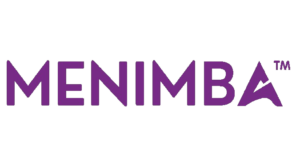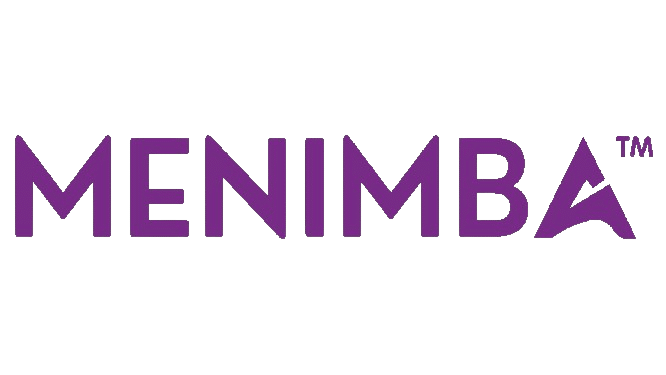How Covid-19 helps on the New Norms of Education?
Changes have been made to education after the Covid-19 outbreak commenced in 2020. Remote and digital platforms are being used for teaching-learning activities. There has been a noticeable increase in the usage of e-learning platforms, such as Zoom, Microsoft Teams and Google Meet, with notably technical advancement. Throughout this time, the educational technology (Ed-tech) toolkit has been developed. However, not all have remained; after all, while Covid-19 will hopefully come to an end, some of the lessons we have learned may not be the same, as in remotely. In the midst of all this, it is clear that pedagogical development is important to the society.
Pedagogical Development vs. New Norms of Education.
Pedagogical development is the type of growth required to re-energize and reinvent education. We are also talking about “educational character” development. It is the reversal of priorities in order to address accomplishment, or the prioritization of community and compassion over content in order to positively improve curriculum and student’s achievement. Although this project does not represent a significant change, it does show the implementation of new norms into the educational sector.
Educational sectors from all over the world are committed on carving out their reflection at this time; that is, reflecting on what is happening to their students, families, staff, and the community. They have purposefully taken time to talk to all of their stakeholders, which their students, parents, teachers, and other educators from their institutions and beyond in a bid to find out what educational mechanics to stick with considering the learning times.


What are the changes helped in by the pandemic that might last long?
1. Change in methods of assessment.
The distinction between assessment of learning and assessment for learning is a crucial one, and it indicates a significant shift in education in many aspects. There are several approaches to identify learning levels, assessing comprehension, and hold students in a more accountable way. Nowadays, people are discussing ways to better match assessments with 21st-century learning instructions rather than aligning instructions with 20th-century testing procedures.
2. The vital effect of communicating with the community in the partnership of learning.
Family’s engagement in the learning process should be maintained, and learning to communicate in a variety of ways with flexibility should be at the forefront of how families should be approached. They are the pillars to active learning and engagement.
3. The importance of connecting with students.
Acknowledging and empathizing with students’ circumstances has allowed us to individualize their requirements, recognize their assets, and support them through this difficult time. Social and emotional learning, and awareness will be more intentionally and often included into lesson preparation as well as classroom culture. In addition, to evaluate for understanding, we will also evaluate for physical and mental wellness.
4. Engagement strategies.
If students are to pay attention to learning, it must be definitely utilized. Engagement strategies includes connecting with students, allowing for choice, incorporating visuals and audios to make text more multidimensional, and utilizing project-based learning to make lessons and units more interesting, which are all important in bringing students to the learning field.
To be concluded …
During this time, the world outside of education has also learned a lot, and those lessons may serve as predictors of aspects that are likely to continue. They have discovered that education is merely delivering information. And all of the classes provide important experiences that would exceed beyond academic access.
The sudden shift from the educational institutions, in many parts of the world, as well as the immediate question of how such a shift would influence the global education sector, are not difficult for educators to resolve. Therefore, throughout this crisis, it creates the opportunity that we don’t have to move beyond this chapter without having evolved in our practice, which might caused an opportunity to be wasted. This opportunity is about development. It is about the reflection on what needs to be acknowledged and what needs to be ignored.
Throughout this article, we all get to capture on the famous quote, “To improve is to change, to be perfect is to change often” by Winston Churchill.
Hema Shalines Shanker | Diploma in Mass Communication, UOW Malaysia KDU Penang








